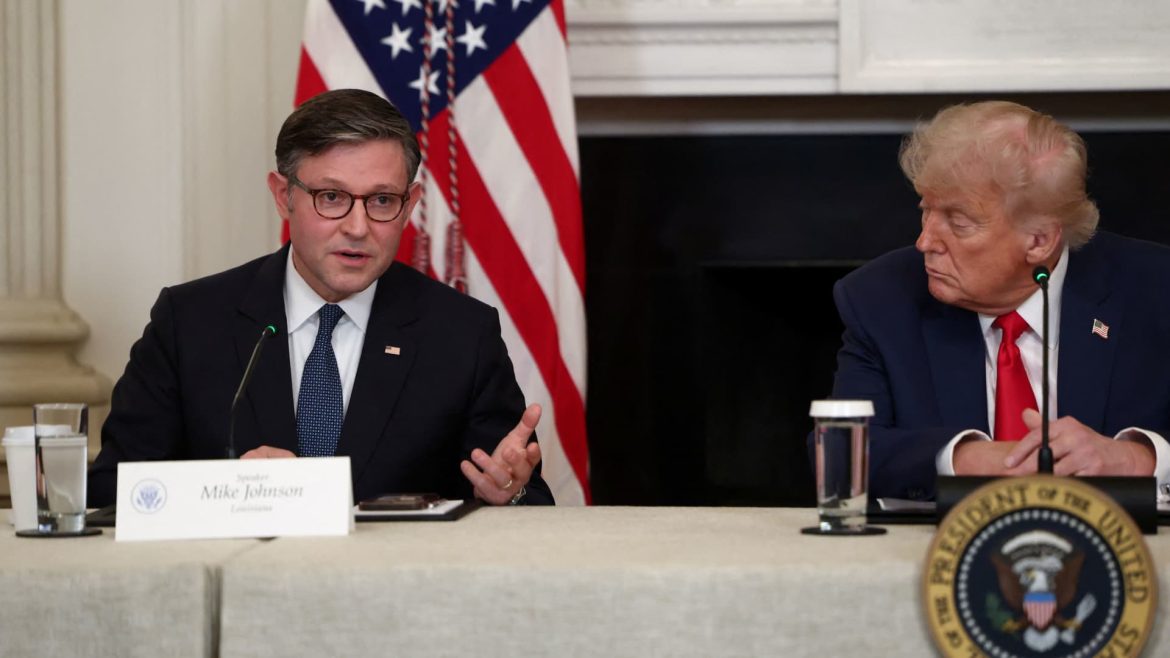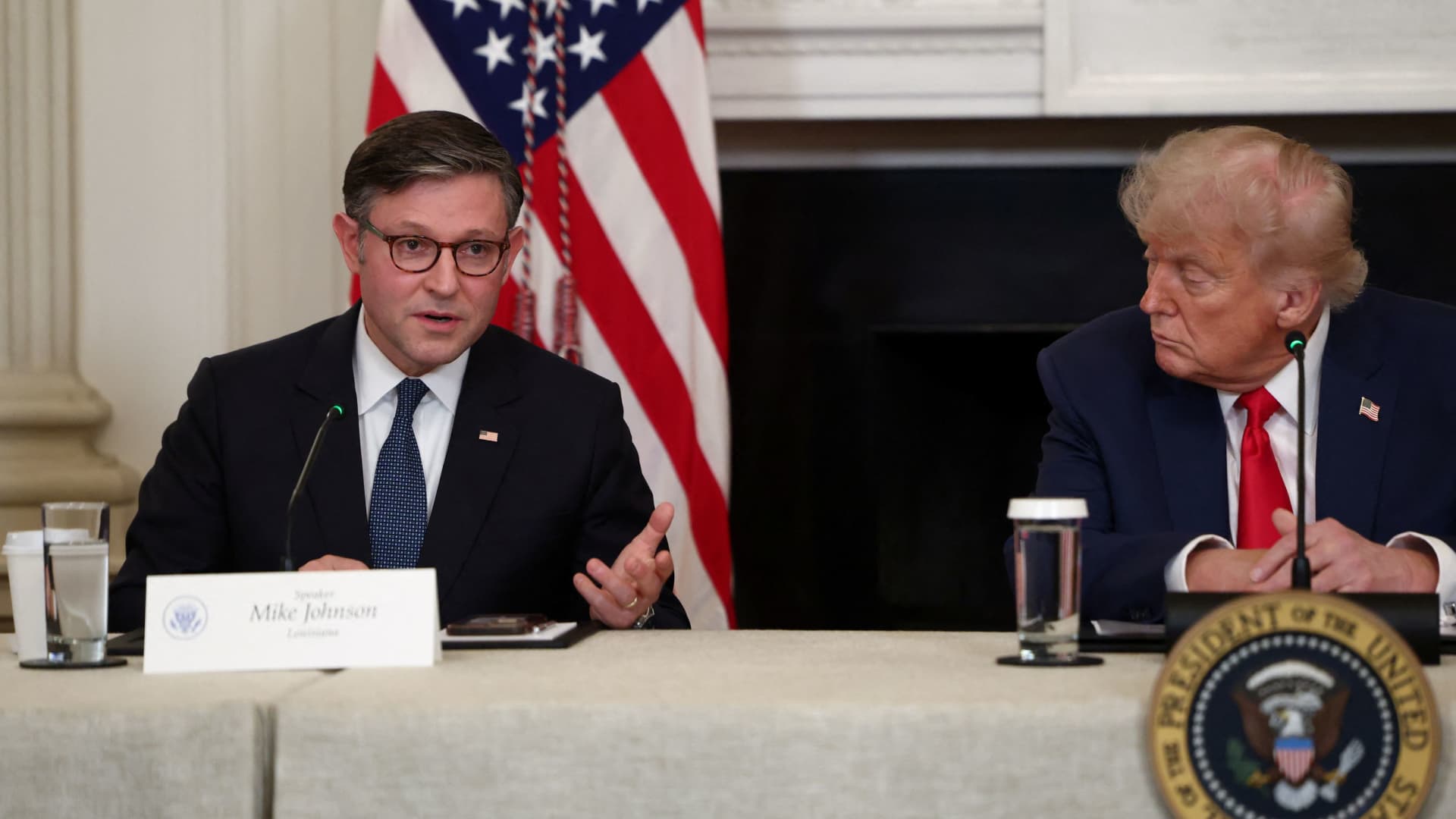The Controversy Surrounding Trump’s Military Parade: A Collision of Celebration and Protest
The air crackles with tension. What was envisioned as a grand spectacle of national pride threatens to become a battleground between celebratory displays of military might and fervent expressions of dissent. The planned military parade in Washington D.C., intended to commemorate the U.S. Army’s 250th birthday, has ignited a firestorm of controversy, fueled by President Trump’s warning that protesters will be met with “very big force” or “very heavy force.” These statements have served as a lightning rod, drawing criticism and raising serious questions about the delicate balance between the right to protest and the government’s authority to maintain order.
A Parade of Two Meanings: Celebration vs. Dissent
The parade itself is a multifaceted event. The Trump administration aims to create a powerful display of American military strength and patriotism, a gesture intended to honor the Army’s rich history and the sacrifices of its personnel. While the parade is slated to take place on June 14, which also happens to be President Trump’s birthday – a fact not lost on observers – it officially marks the Army’s 250th anniversary. The event is expected to draw massive crowds, with some estimates suggesting as many as 200,000 spectators. The parade is expected to feature military aircraft and tanks. The District of Columbia is bracing for the event with heightened security measures, including extensive street closures and waterway restrictions, some lasting for up to four days.
However, this planned celebration has been met with resistance. Opponents view the parade as an unnecessary and potentially wasteful display of militarization, particularly in a city already grappling with significant social and political divisions. Critics argue that the parade’s cost could be better allocated to addressing pressing social issues or supporting veterans’ programs. Moreover, the event is interpreted by some as an attempt to glorify military power, which would be a departure from respectful appreciation.
Adding fuel to the fire, at least nine separate protests are planned to coincide with the parade, signaling a strong undercurrent of dissent. From anti-war activists to groups advocating for social justice, a diverse coalition of voices is expected to converge on Washington to voice their opposition.
“Very Big Force”: A Contentious Warning Ignites Debate
President Trump’s warning that protesters would be met with “very big force” or “very heavy force” has become the focal point of controversy. These remarks, made during an Oval Office briefing, were widely interpreted as a threat to suppress dissent and potentially violate the First Amendment rights of demonstrators.
Legal scholars and civil rights advocates have expressed deep concern over the President’s statements. They argue that the government cannot use excessive force to quell peaceful protests, even if those protests are critical of the government or its policies. The First Amendment of the United States Constitution guarantees citizens the right to freedom of speech and assembly, and these rights are considered fundamental to a democratic society.
Critics highlight the potential for escalation and violence if law enforcement officials are instructed to use “very big force” against protesters. They emphasize the importance of de-escalation tactics and the need to respect the rights of individuals to express their opinions, even if those opinions are unpopular or controversial.
Adding to the concerns, the President’s assertion that protesters “hate our country” has been widely criticized as divisive and inflammatory. This rhetoric is seen as an attempt to delegitimize dissent and portray protesters as unpatriotic, further polarizing an already fractured political landscape.
First Amendment Rights vs. Maintaining Order: A Precarious Balance
The situation highlights the delicate balance between the constitutional right to protest and the government’s responsibility to maintain public order. While the First Amendment protects peaceful assembly and free expression, these rights are not absolute. The government has a legitimate interest in ensuring public safety, preventing violence, and maintaining order.
The challenge lies in determining how to strike a balance between these competing interests. Law enforcement officials must respect the rights of protesters while also taking necessary steps to prevent unlawful behavior. The use of force should be a last resort, employed only when necessary to protect public safety and prevent imminent harm.
De-escalation tactics, clear communication, and respect for the rights of all parties are essential to managing protests peacefully and effectively. The government must avoid actions that could be perceived as attempts to suppress dissent or intimidate protesters.
Potential Implications and Ramifications
The events surrounding the military parade have significant implications for the future of free speech and protest in the United States. The extent to which the government respects and protects the rights of protesters will send a powerful message about its commitment to democratic values.
If the government uses excessive force against protesters, it could chill free speech and discourage individuals from exercising their right to assemble. Such actions could also damage the government’s credibility and undermine public trust.
On the other hand, if the government effectively manages the protests while upholding the rights of all parties, it could set a positive example for future events. This would reinforce the importance of respecting the First Amendment and promoting peaceful expression.
The situation also underscores the need for clear guidelines and training for law enforcement officials on how to manage protests peacefully and effectively. These guidelines should emphasize de-escalation tactics, respect for constitutional rights, and the importance of avoiding unnecessary force.
A Nation Divided: Protests, Parades, and the Future of Free Speech
The controversy surrounding Trump’s planned military parade serves as a stark reminder of the deep divisions that exist within American society. What was intended as a celebration of national pride has become a flashpoint for political and social tensions.
The President’s warning to protesters has raised serious questions about the government’s commitment to protecting First Amendment rights. The outcome of this situation will have far-reaching implications for the future of free speech and protest in the United States. Will the parade serve as a symbol of unity and patriotism, or will it become a symbol of division and repression? The answer to that question remains to be seen. The events of the day will undoubtedly provide a valuable lesson on the importance of safeguarding constitutional rights and promoting peaceful dialogue in a diverse and democratic society.





